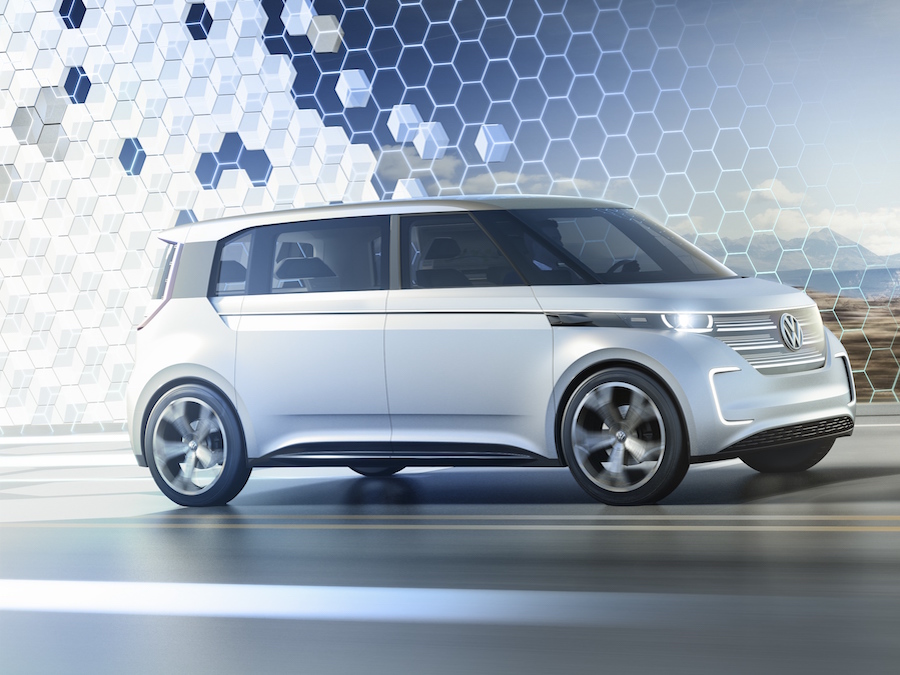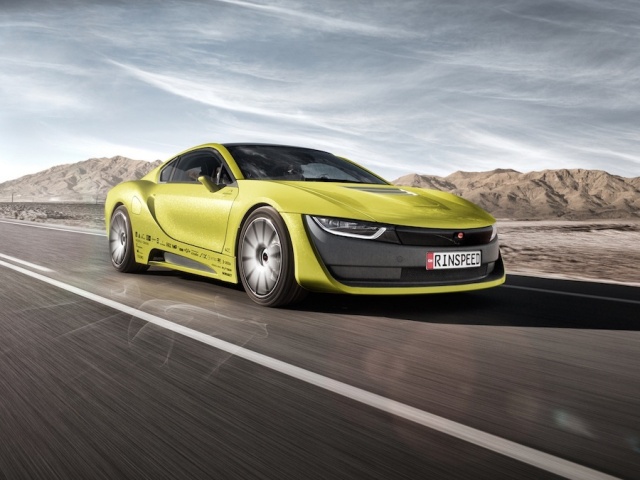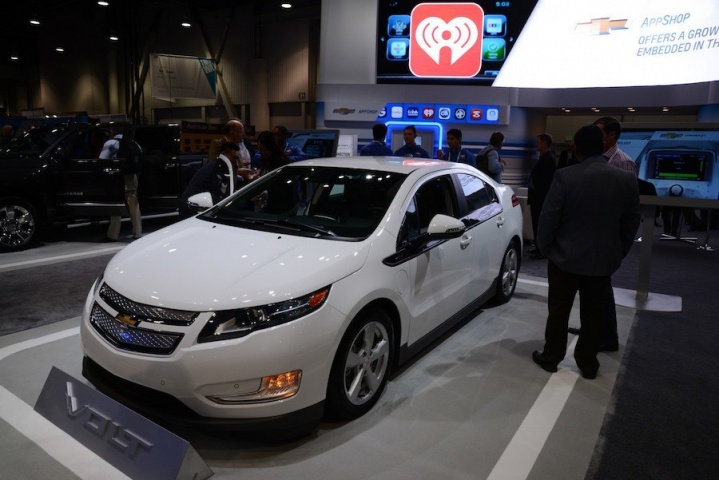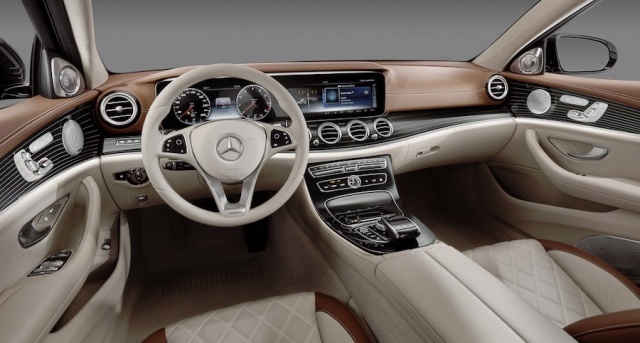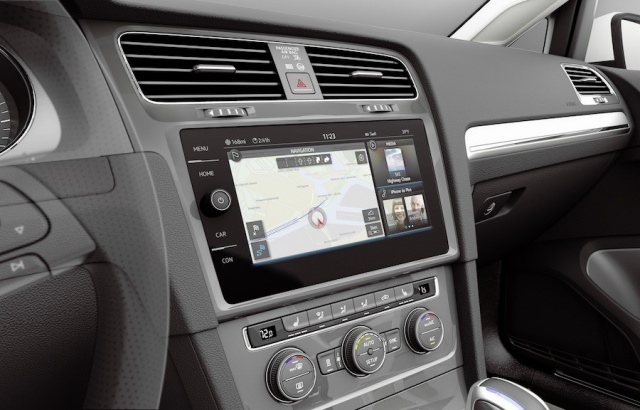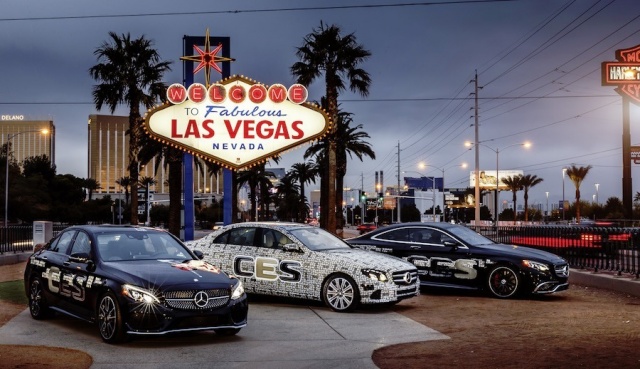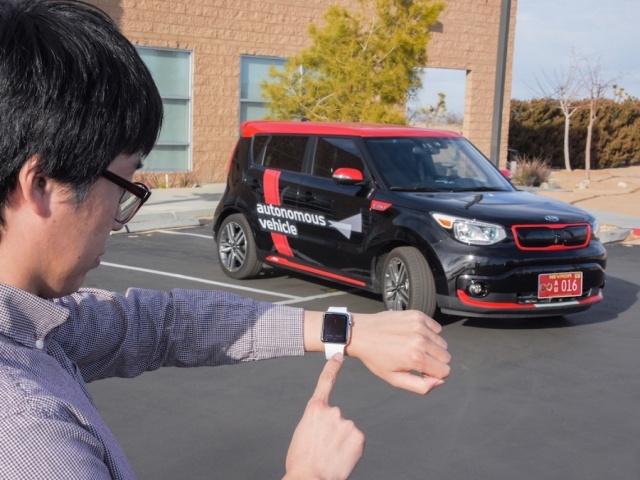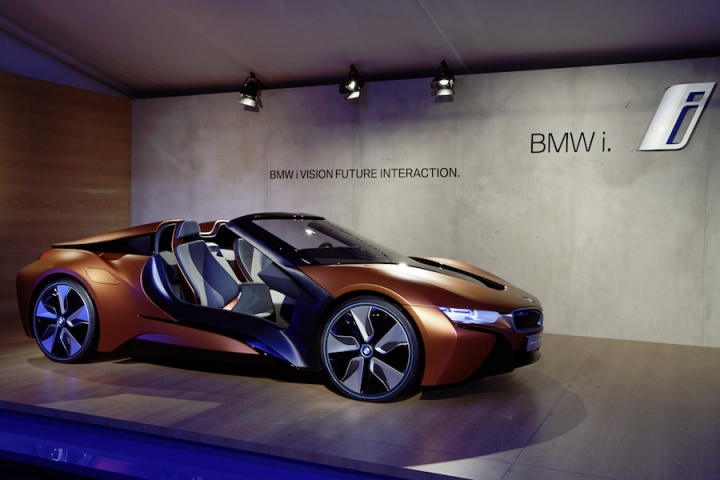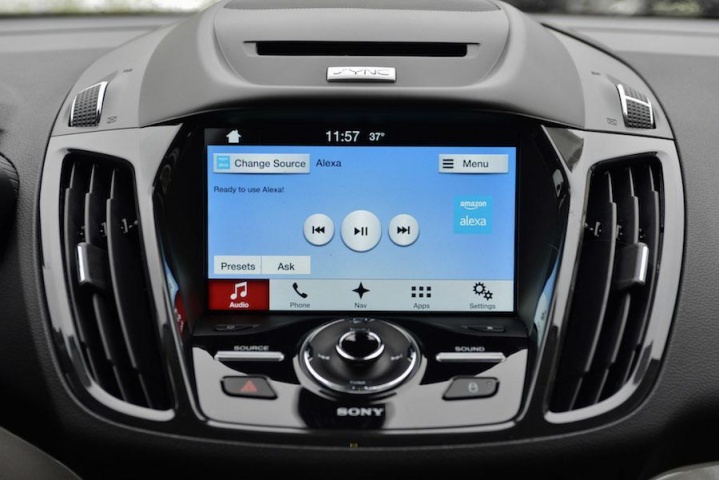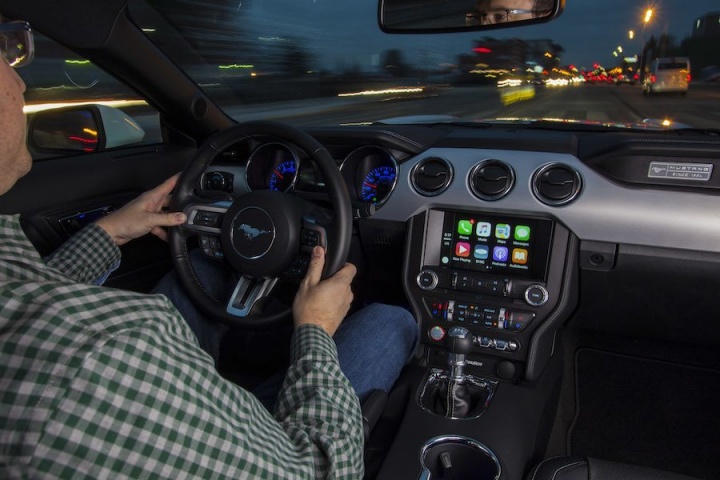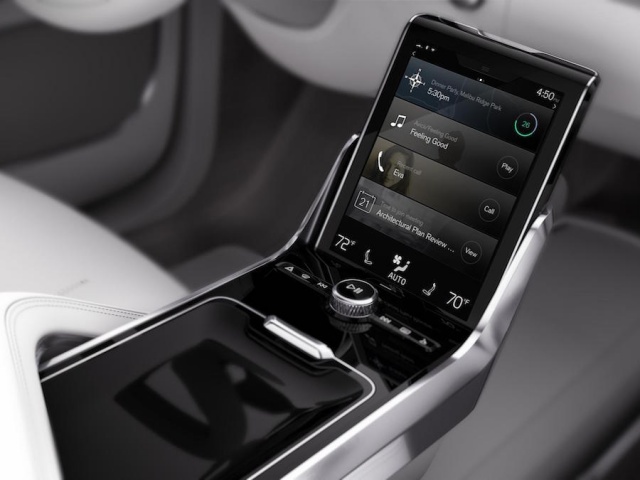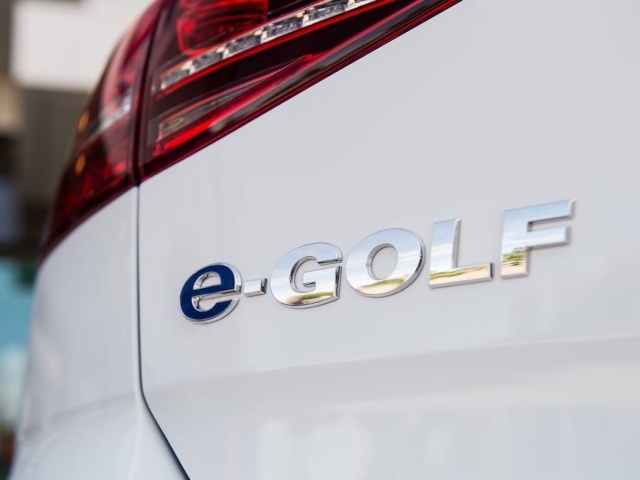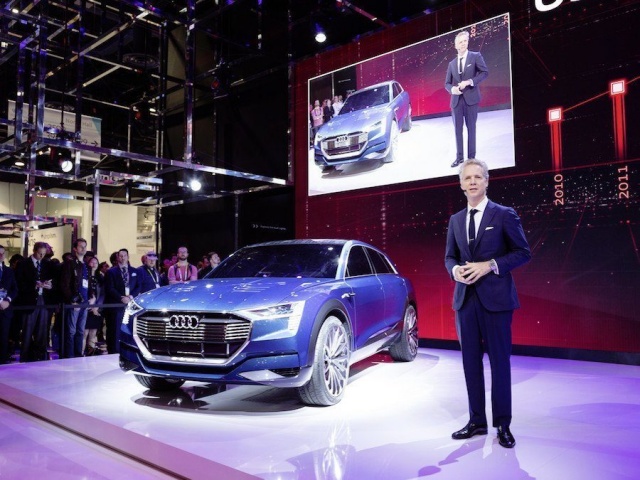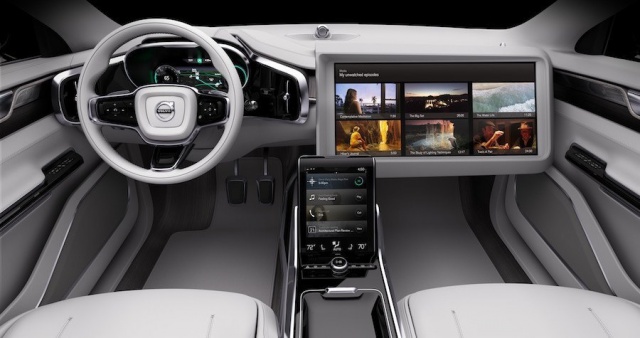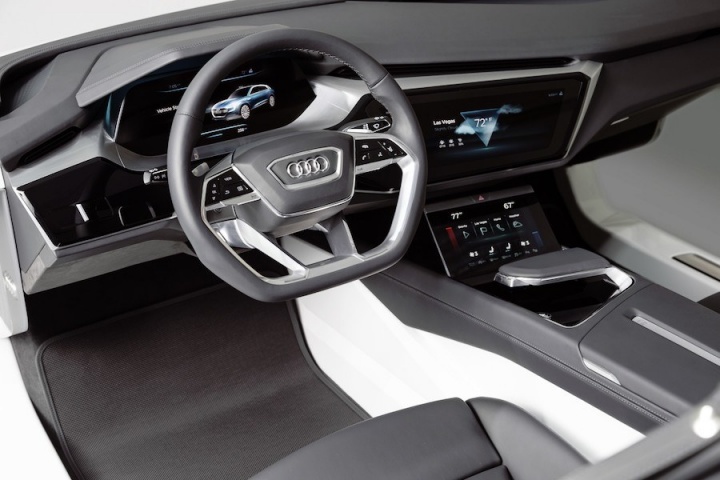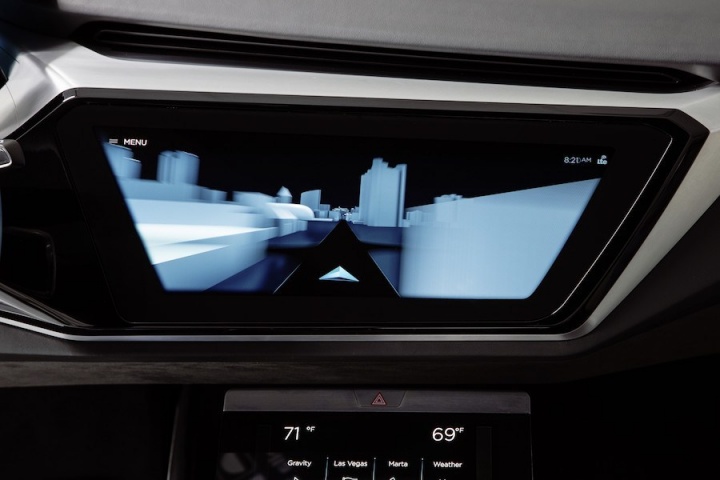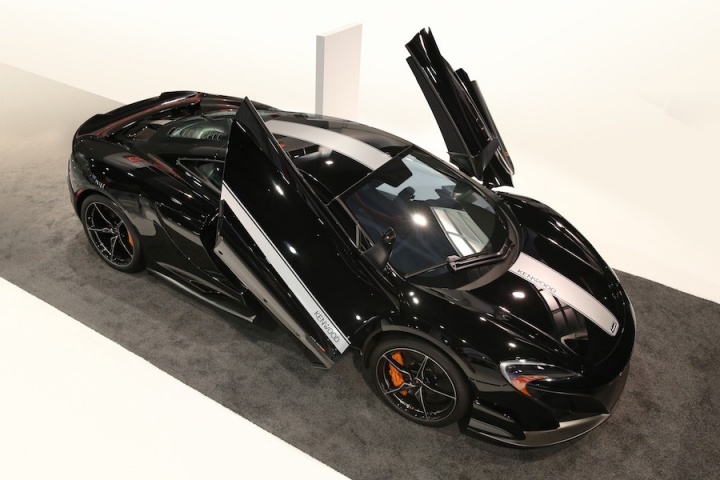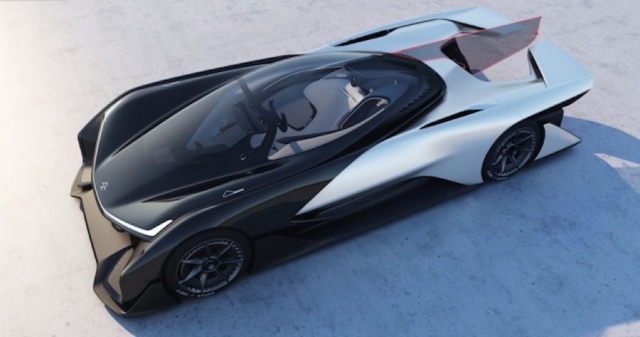Last week, the International Consumer Electronics Show (CES) took place in Las Vegas and whilst we at CompleteCar.ie brought you the coolest car tech from the show as it happened, we thought we'd do a handy round-up guide and cover a bit more of the techfest for you, because we are nice like that, and also we can't get enough of this nerdy nirvana.
CES is actually the world's largest trade show, with over 3,600 exhibitors, including manufacturers, developers and suppliers of consumer technology hardware, content, technology delivery systems and more. Last year, over 160,000 geeks, I mean people, visited the show from over 150 countries. This is also the place where world changing innovations have been announced including the VCR, CD, DAB radio and the Xbox. So, as you can imagine, this event is a pretty big deal to a lot of people and a lot of car companies, too, who come here to show off their latest technology.
And this year was a bumper show for car technology with 470 companies showcasing new automotive accessories, 493 companies showcasing new automotive electronics and over a quarter of the floor space hijacked by auto tech. So, without further ado, here is some of the coolest car tech of CES 2016.
The biggest attention grabber of CES 2016 was Faraday Future, a California-based technology company focused on creating long-range electric-powered vehicles. It brought along its FFZERO1 Concept racecar, which the company claims, has 1,000hp and can accelerate from 0-96km/h (0-60mph) in less than three seconds on its way to 322km/h flat out. This electric and autonomous car is designed to allow the driver to dock a smartphone on the steering wheel so they can then chill out as driving information is projected on the road ahead. Not sure how chilled I'd be with my hands off the wheel at top speed, but the company says it is a testbed for more practical models based on the same platform. But, who cares how impractical it is when it looks this bad ass?
Click to read more about the FFZERO1 at CES
Another EV to debut at CES is the Chevrolet Bolt. The big deal about this car is that it can travel up to 322 kilometres on a single charge, beating the range on the Nissan Leaf, and it will cost less than $30,000 (about €27,745) in the USA after a federal rebate, making it cheaper than a Tesla. Chevy says that the Bolt EV can charge to full from empty in 36 hours using a 120-volt outlet though if using a 240-volt outlet it can fully charge from empty in just two hours. Using DC fast charging, it takes one and a half hours.
Volkswagen also showed off an electric vehicle; a futuristic Microbus concept called the Budd-e. Volkswagen claims a 600km range between charges and says it can charge to 80 per cent, using a 150kW fast-charging system in just 15 minutes, giving a potential 400km range. The Volkswagen figures wipe the floor with the Chevrolet's, but the Budd-e is still a concept, unlike the Bolt, which should go on sale by the end of this year. Though not in Ireland...
Click to read more about the Volkswagen Microbus at CES
BMW showed off its gesture control system called AirTouch in an i8 Spyder concept. AirTouch is the next generation of its gesture control system seen in its 7 Series. It works just like a touch screen tablet although without the need to physically touch the screen. Sensors are installed in the area between the central console and the interior mirror and record the hand movements. They respond to simple gestures made by the driver and enable three-dimensional control. Primarily designed for autonomous vehicles, AirTouch lets both the driver and passenger navigate around the infotainment panel by gesturing and then confirming selection with a button on the steering wheel or on the passenger-side door. AirTouch allows the selection of music, movies, games, email and a host of other menus. When the car isn't in autonomous mode the AirTouch functions are limited to non-distracting ones, like maps and telephone calling. It is a neat system; you've got to hand it to BMW (get it? Gesture - hand? I'll get my coat).
Click to read more about the BMW i8 Spyder and Air Touch at CES
There were lots of other companies showing off high-tech wizardry for their motors, including a collaboration between McLaren and electronics giant JVCKenwood. They created the tech-laden 675LT JVCKenwood Concept, incorporating a 'fully digital cockpit experience', which is a head up display (HUD) that can detect the presence of other vehicles. Oh, and mirrors on your car? Please, that is so passé! On this McLaren the mirrors are replaced by cameras, the views from which are displayed at the top of the windscreen. The lack of mirrors makes the car look super sleek and the flashes of orange on the interior and exterior make the whole vehicle look über cool and a little bit menacing, like a wasp on a December day. (Look at the photos and you'll know what I mean, I hope).
Click to read more about the 675LT JVCKenwood Concept
Keeping driver, vehicle and home all connected is the plan for Ford who announced that its third-generation SYNC connectivity system will connect with Amazon's Echo voice-recognition system. Using this, homeowners can ask Alexa, a cloud-based voice service, to do things like start their cars and evaluate the range (on electric cars) all from the comfort of their home. From the road, users can ask Alexa to open their garage doors or gates when they are nearly home, so they can drive straight through without the need to push any buttons or get out of the car.
The Rinspeed Etos displayed some very clever tech, which clearly showed how the connected car could integrate into our lives and provide connected solutions for users. The system can learn a driver's daily routines and preferences and then become proactive in anticipating behaviour. The system can reroute around bad traffic and accidents and can direct the car to better areas of phone signal if it knows its driver is on a call. Using Microsoft's personal assistant, Cortana, drivers can say things like 'I feel sleepy' and Cortana will reroute the car via the nearest coffee shop. Cortana can also arrange meetings by finding a space in diaries and can connect the driver to Skype and conference calls, which is all geared toward the driver not having to take their hands off the wheel or eyes off the road. Now that is clever use of tech to benefit the car user.
Audi also previewed its future technologies at CES, which included interior concepts built around AMOLED (active-matrix, organic light emitting diode) displays and Audi's next generation Modular Infotainment Platform, MIB2+ and 'Car-to-X' services, including traffic sign information and hazard information as part of a swarm, which presumably means vehicles communicating with each other.
Click to read more about Audi at CES
Volkswagen previewed its next generation infotainment system in Vegas too, which was fitted to an e-Golf. The system follows on from that shown in the Golf R Touch concept car at CES 2015. Called the Modular Infotainment Toolkit (MIB), it is a gesture control system and is believed to be at the stage of early series production. The MIB system also utilises advanced voice control technology, which was developed to allow the user to issue commands in a more natural way and without having to first press a button to activate the function.
Click here to read more about Volkswagen at CES
Volvo used CES to announce it is working on intelligent, high-bandwidth streaming capabilities with its partner, Ericsson, to ensure occupants get the most out of their time being chauffeured around by the clever new S90. The idea is to have interruption-free streaming outside of cities and urban areas, thanks to Ericsson's expertise with network and cloud sharing systems.
Click to read more about Volvo at CES
Also announced at CES was a new Kia sub-brand called 'Drive Wise', said to cover all the advanced technologies the manufacturer needs to bring its first fully autonomous vehicle to market.
Click to read more about Kia at CES
Meanwhile, Mercedes-Benz teased the cockpit of its new E-Class, Bosch connected cars to the Internet of Everything and Visteon (an automotive electronics supplier) showed a near production-ready gesture interface. Can you tell that gesture is the next big thing in the car world? T.J. Evarts, a 20-year-old inventor, debuted the Smart Wheel to help keep hands on the wheel and off mobile phones whilst driving. Ford unveiled a corn-can sized light and radar sensor, or LiDAR, that it says will help Ford win the race to make a fully autonomous vehicle, though Kia said it was going to have a full autonomous car on the road by 2030. Looks like the race to the future is on.

